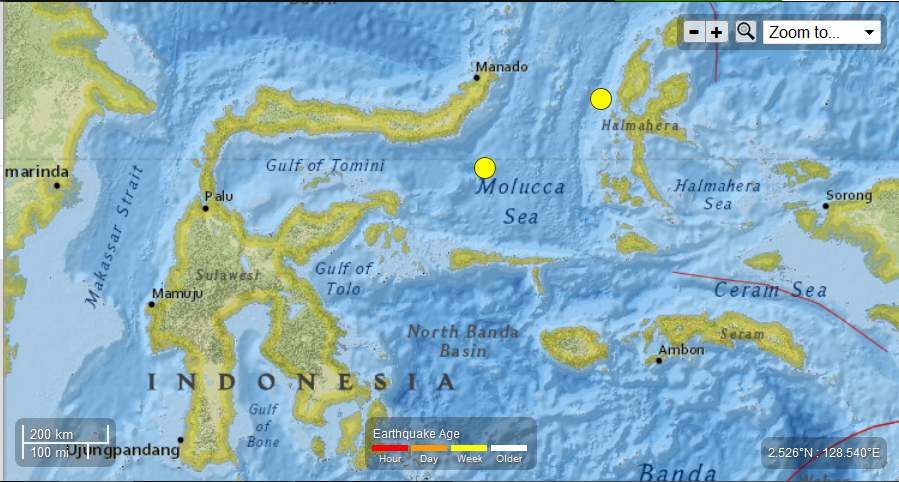Stuart
Gradon/Calgary Herald HIGH RIVER, AB: JUNE 20, 2013 - A Nanton fire
fighter (brought in to assist) wades through the flood water in High
River, Alberta Thursday, June 20, 2013. The town of High River was hit
by massive flooding Thursday. (Stuart Gradon/Calgary Herald) (For
City story by TBA) 00046226A ORG XMIT: POS2013062018501343
Photograph by: Stuart Gradon/Calgary Herald
, Postmedia News
OTTAWA
— Aside from the great support offered by Canadian Forces personnel,
the federal government has done nothing but get in the way during the
Alberta floods, the president of the Alberta Fire Chiefs Association
said Friday.
In a candid interview with Postmedia News as he drove
home to Lethbridge after a week in High River, where the worst of the
flooding has occurred, Chief Brian Cornforth didn’t mince words as he
slammed Public Safety Minister Vic Toews and his government’s response
to the disaster, as well as its funding cuts to emergency preparedness.
“The
federal government, they can just stay in Ottawa. They got in the way,”
he said, singling out Towes, who visited High River on Wednesday.
“Coming
into the site, it’s pretty hard to deal with those guys because they
require a lot of resources to provide them security. Unless they’re
directly in charge of the military and have a functional role, it’s
really just posing.”
Cornforth said the federal government talks a
good game on public safety but hasn’t been much of a partner. He said
he’s sickened by near daily reports of misspending at the “highest
levels of government” when funding is being cut for things like
emergency preparedness and urban search and rescue.
Budget 2012
effectively slashed federal funding for the Joint Emergency Preparedness
Program which has provided nearly $184 million to the provinces and
territories for projects related to emergency preparedness, urban search
and rescue and critical infrastructure protection since 1980.
Read More Here
******************************************************************************************************
High River re-entry plan for residents to begin Saturday
By Staff
Global News and The Canadian Press

HIGH RIVER, Alta. – Some residents of flood-ravaged High River,
Alberta, will be allowed to return to their homes on Saturday while
others could be waiting at least another month, officials announced
Friday.
About 5,000 residents of the northwest part of town will be allowed
to go back starting at noon, but Shane Schreiber of Alberta Emergency
Management cautioned that not all of the 1,000 homes in the
neighbourhood would be livable because of flood damage, and the phased
re-entry of evacuees could take as long as five weeks for people from
the most heavily devastated part of the town.
Rick Fraser, the associate minister of regional recovery and
reconstruction for High River said that some residents of High River
received the green light to return to their homes Saturday while others
will be able to tour the community by bus.
“Our priority is to enable the return of residents to their homes in a
safe and orderly fashion as quickly as possible, with a view to
supporting further recovery and the long-term restoration of High
River,” said Fraser.
Bus tours were to start Friday night for all residents so they could at least get an idea of the damage.
Also on Friday, the Alberta government declared a provincial state of
emergency in High River and assumed responsibility for flood recovery
and rebuilding operations, at the request of the town’s mayor.
Municipal Affairs Minister Doug Griffiths said there has been more
significant infrastructure damage in the town than ever suffered
anywhere else in the province in any kind of disaster.
Griffiths said power was starting to be restored, engineers were
identifying which roads were safe and health and home inspectors were on
the job.
Mayor Emile Blokland said the floods have been overwhelming and that
it’s best if the province co-ordinates getting the community’s 13,000
people back into their homes.
“It’s become clear that the size and scope of this disaster is beyond
anything we’ve ever seen before in Alberta,” Blokland said at the same
update in High River.
Shreiber said it would be three to five days before the next group of
homeowners would be allowed in, five to seven days for the group after
that and three to five weeks for people from the hardest hit section.
Read More and Watch Video Here
******************************************************************************************************








